

Gastro Obscura’s 10 Essential Places to Eat and Drink in Portugal
Transcendently flaky pastéis de nata, superb tinned fish, and fragrant fortified wines await.
Formerly neglected by tourists but now fully on the beaten path, Portugal is having a moment. Yet the country still suffers from visitors thinking they’re in Spain. As a result, paella, tapas and sangría are now ubiquitous in the country that doesn’t really consume them, to the frustration of locals proud of their cuisine.
Whereas much of neighboring Spain’s food is influenced by the Mediterranean, it could be argued that Portugal’s is an Atlantic cuisine. This means many of the same ingredients and influences, but with the added element of that vast ocean. The Atlantic has provided for Portugal in the form of fish and seafood, but also in terms of access to the rest of the world.
Starting in the 15th century, the Portuguese became arguably the world’s most influential culinary middlemen, having had a large role in introducing sugar, tea, spices, and many other important ingredients to the western world, as well chilies and other staple vegetables and fruits to the eastern world, many of these items also having entered Portuguese cuisine.
With this in mind, we’ve assembled a list of eateries, stalls, kiosks and other venues that exemplify the uniquely Portuguese culinary offerings of Lisbon and Porto, the country’s largest cities. The list touches on a few items you’ve probably heard of, and where we think you should eat them, but also some culinary concepts, both ancient and contemporary, that may not have previously been on your radar, and that we think are worth seeking out.
Quiosque de São Paulo
Lisbon
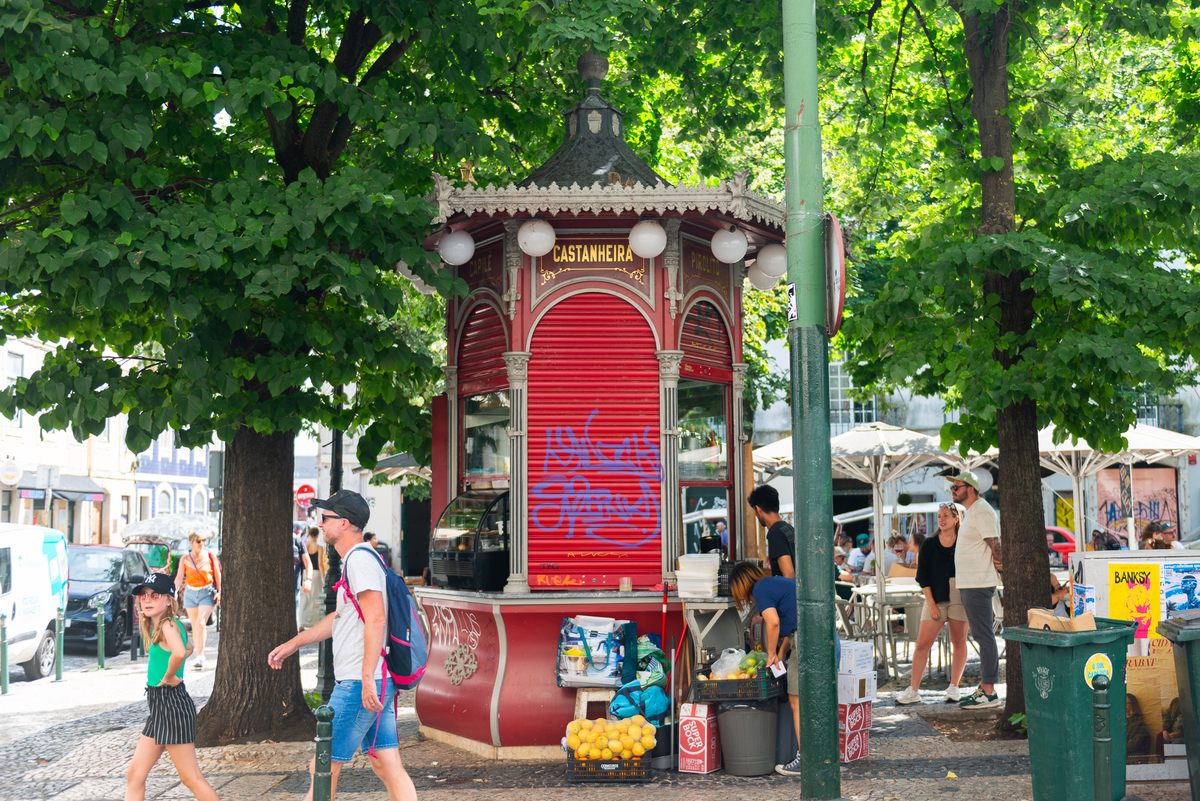
Lisbon was once dotted with Art Nouveau-era kiosks, places where locals would stop for a drink or snack. Today, nearly two dozen remain in the city, yet the only one that harks back to the golden age of the genre in the late 19th and early 20th centuries is Quiosque de São Paulo. Come here for a short but delicious menu of snacks and drinks that is rarely seen these days, when Lisbon’s kiosks are more likely to sell hamburgers and Coke.
Casa dos Caracóis
Lisbon

The Portuguese consume the most snails per capita of any Europeans. They’re a summer obsession in the country, and the go-to for all snail-related needs in and around Lisbon is Casa dos Caracóis, a seasonal emporium with branches across Lisbon that specializes in snails and snail peripherals.
A Ginjinha
Lisbon

In the hills north of Lisbon, locals have been combining brandy, sugar and sour cherries for centuries. The drink, known as ginja – or ginjinha – ultimately became associated with Lisbon, especially around Largo de São Domingos, a square in the city’s historical center, where several vendors serve it. The oldest of these, A Ginjina, is a stuck-in-time marble stall that has been serving the bright red, sweet, sticky drink since 1840.
Piri Piri
Trafaria
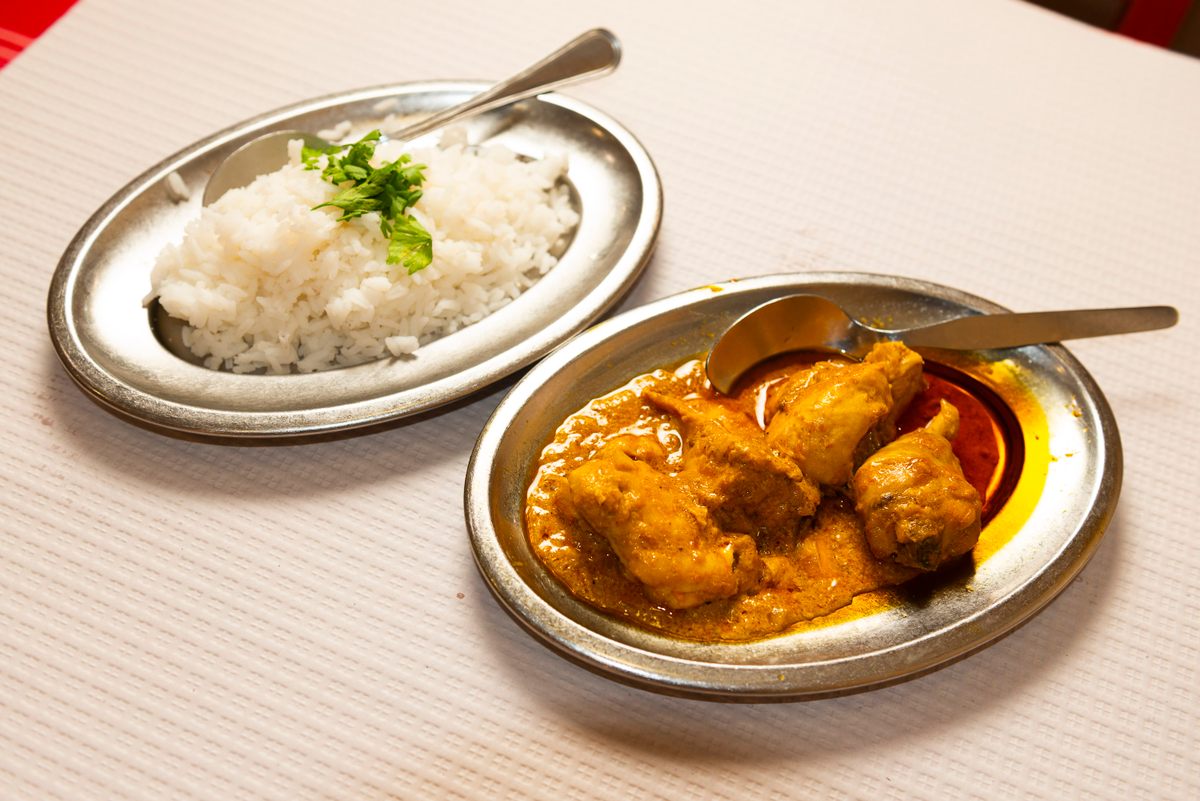
Cross the Tagus River from Lisbon to the former fishing village of Trafaria, where Piri Piri serves Goan-Mozambican-Portuguese dishes, an unlikely culinary mashup that became a staple in Lisbon in the 1970s, and that was also the inspiration for Nando’s peri-peri chicken.
Pastéis de Belém
Lisbon
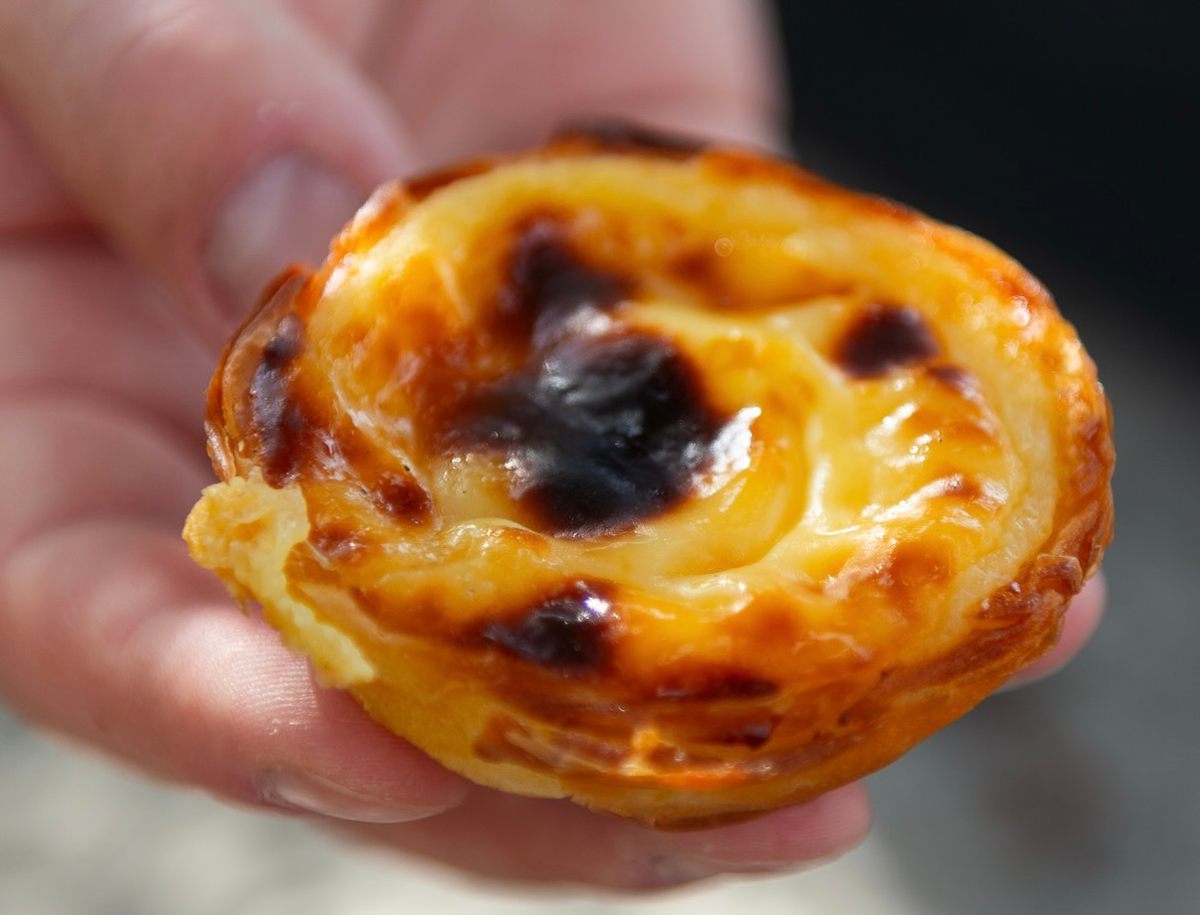
Think Portugal, and it’s likely you’ll picture an egg tart. The sweet snack has become virtually synonymous with the country, and today, dozens of vendors in Lisbon sell the dish, with variants ranging from vegan egg tarts to versions topped with ice cream. But to sample the sweet as it was intended, it’s necessary to head to this former convent bakery in Belém, just west of Lisbon, where it was invented and has been made since 1837.
Líder
Porto

The people of Porto are known colloquially as Tripeiros, “Tripe Eaters,” because of their fondness for this particular ingredient. And this restaurant, located in a nondescript apartment building in a suburban neighborhood and helmed by the founder and president of the Gastronomic Brotherhood of Porto-Style Tripe (a real organization), is regarded as one of the best places in the city to get the stuff, which here braised with white beans and smoked and salted meats.
Semea
Porto

In northern Portugal, rabanadas – French toast to the rest of us – is serious business. Locals have refined the art of dressing up old bread via adding dried fruit, spices and decadent reductions of port wine. The chef behind this restaurant has taken this a step further, using contemporary culinary techniques to create an almost unrecognizable but utterly delicious modern twist on rabanadas.
A Regaleira
Porto

If you know one Porto dish, it’s probably the francesinha. An over-the-top Portuguese take on the croque monsieur, the dish was allegedly invented at this restaurant in the early 1950s. Stop in for what is the classic version of the sandwich, as well as for what is almost certainly the world’s largest collection of francesinha-themed art.
Poças
Vila Nova de Gaia

Porto is home to nearly 20 houses that produce the city’s eponymous fortified wine, but Poças is the only one still wholly owned by locals. In addition to preserving the family legacy, this house also produces some of the more boundary-pushing port wines (quinine wine, anyone?).
Conservas Pinhais
Matosinhos

Matosinhos, just north of Porto, was once home to 54 canneries. Today, only one of these original houses exists. Conservas Pinhais, generally considered Portugal’s top cannery, has been in operation since 1920, and after a century, has opened its factory doors to guests in the form of tours, in addition to a cafe that serves a variety of tinned fish-based dishes and a gift shop with tinned fish-themed merch.
Gastro Obscura covers the world’s most wondrous food and drink.
Sign up for our regular newsletter.


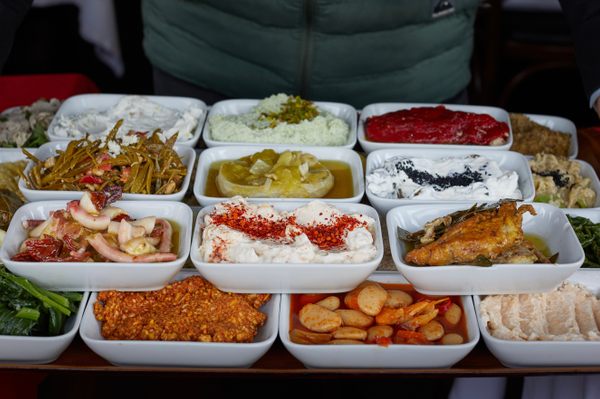
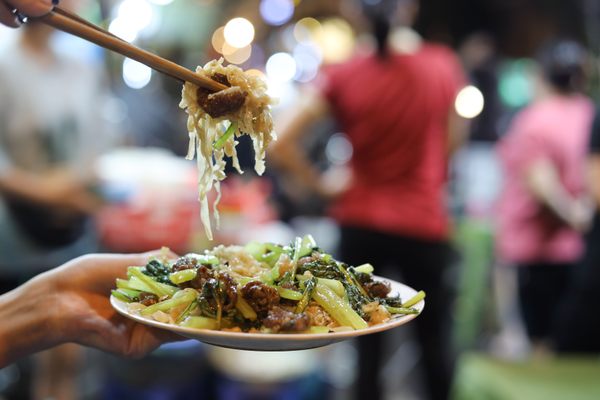





















Follow us on Twitter to get the latest on the world's hidden wonders.
Like us on Facebook to get the latest on the world's hidden wonders.
Follow us on Twitter Like us on Facebook